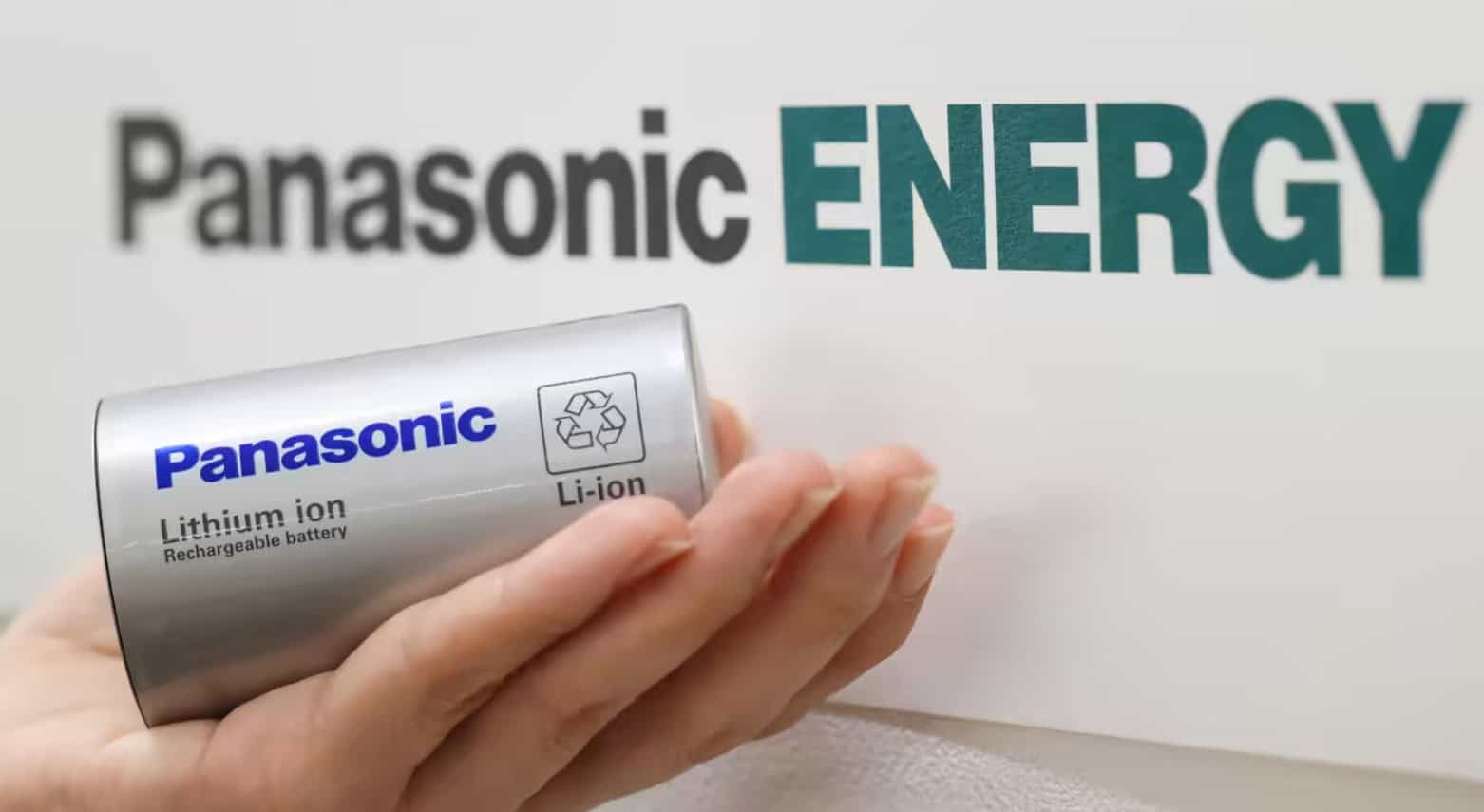
TOKYO — Panasonic Holdings is considering Oklahoma and two other U.S. states for a major investment as it plans to boost production of electric vehicle batteries in the country.
The Japanese group signed an agreement with Oklahoma outlining an incentives package, Gov. Kevin Stitt said Friday, should Panasonic build its third U.S.-based plant in the state. Stitt told local media that Panasonic’s investment would amount to $5 billion.
Though Panasonic acknowledges the preliminary agreement, the company told Nikkei it has yet to decide on “making a large-scale investment in the region.” Oklahoma is one potential site for the plant, and Panasonic will incur no penalties if it decides against the project, the company said.
Panasonic ranked fourth last year in global share of EV batteries, at 7.3%, South Korean market data firm SNE Research reports. China’s Contemporary Amperex Technology led at 37%, while South Korea’s LG Energy Solution and China’s BYD each controlled 13.6%.
Panasonic began making EV batteries in the U.S. in 2017 at a plant it co-operates with Tesla in the state of Nevada. Production capacity totals around 40 gigawatt-hours.
The company is building a second U.S. EV battery plant in Kansas, set to open next year. Oklahoma originally was a candidate to host that facility.
“At this point, Oklahoma is not high priority,” a source close to Panasonic said. “Expanding the plants in either Kansas or Nevada are viable options, too.”
The Kansas plant will be a massive complex covering 1.2 square kilometers. Panasonic has said it is spending 500 billion yen to 600 billion yen ($3.73 billion to $4.48 billion) to field an annual capacity of 30 GWh. “There is room to expand” the Kansas plant, the source said.
Tesla owns the land and the building of the Nevada plant. Panasonic would need to coordinate with Tesla to expand the battery-making capacity there.
Panasonic ships most of the EV batteries to Tesla, and finding new clients has become imperative. A new plant in Oklahoma or Kansas could include a contract to supply automakers other than Tesla. An expansion at the Gigafactory would send the signal that that Tesla is the priority.
The Japanese company will examine the incentives offered by each state. Under the Inflation Reduction Act enacted last year, the U.S. also will offer tax incentives to companies that invest in the North American EV industry, including in Mexico and Canada.
Kansas is rolling out a package that would give Panasonic $800 million in subsidies over a decade. In Oklahoma, Stitt told reporters that the incentive package for the plant would be $700 million.
Panasonic started negotiations for the Kansas plant in fall 2021, then made the decision in June 2022. Considering the size of the investment, the project got off the ground at “warp” speed, according to a senior Kansas official.
By signing the preliminary incentives agreement with Oklahoma, Panasonic seems conscious of the need to compete on speed against Chinese and South Korean rivals, who are said to make investment decisions first before looking for buyers.
Electric vehicles made up only 6% of total automobile sales by volume worldwide in 2021, but Boston Consulting Group forecasts that EVs will account for 39% of sales in 2030. Seeing the surging demand, South Korea’s LG and Samsung groups are teaming with Western automakers in planning battery plants in North America.
